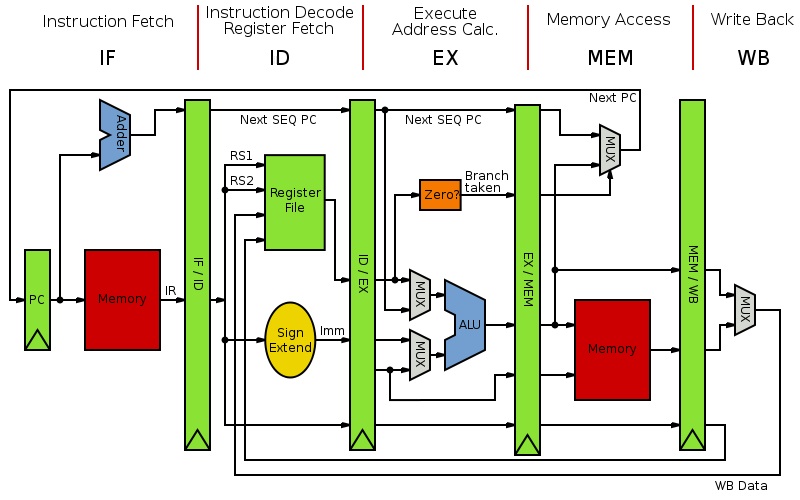
WEEK 2 LEARNING OBJECTIVES
Day 1
- List the typical things defined in an instruction
set architecture.
- Compare and contrast CISC
and RISC architectures.
- Compare and contrast stack,
accumulator, and general-purpose register architectures.
- List the four modern design rules.
- List classic CISC and RISC architectures.
- Define instructions.
- Define instruction set.
- Describe the difference between Assembly
language and machine language.
- Draw the programmatic language pyramid
showing high-level languages at the top of the pyramid, assembly
language in the middle of the pyramid, and machine language at
the bottom of the pyramid. How does position in the pyramid
represent size of the code?
- State the name of the software tool that
translates high-level language to assembly language.
- State the name of the software tool that
translates assembly language to machine language.
- Define computer organization.
- Describe ARM as a historical RISC processor.
Include its decade of introduction, its average
yearly sales, and examples of where ARM processors are used.
Day 2
- Describe the impact the number of
instructions has on mneumonic encoding and thus circuit
design.
- Describe the impact the number of
instructions has on code density thus instruction storage size.
- State the bit width of every ARM
instruction.
- Define mnemonic.
- Define opcode.
- Define source operands.
- Define destination operand.
- Identify the source and destination operands
in a high-level arithmetic assignment statement.
- State the number of ARM registers.
- Tabulate the ARM registers and suggested
usage.
- Describe the ARM add and subtract assembly
language statements.
- Draw flowcharts to represent computational
thinking algorithms.
- Translate flowcharts
to ARM assembly language using temporary registers and
saved registers.
Day 3
- Define immediate.
- State the range of immediate widths on ARM.
- State the memory size in the ARM
architecture.
- State if system organization must provide
the entire memory size of the ARM architecture.
- Describe a byte-addressable memory.
- Describe the ARM load register instruction.
- Describe the ARM store register instruction.
- Identify the base register and the offset in
an ARM memory transfer instruction.
- Draw flowcharts to represent computational
thinking algorithms.
- Translate flowcharts to
ARM assembly language using temporary registers and
saved registers.